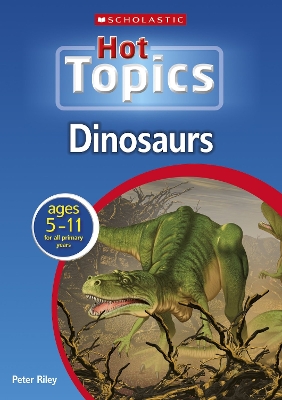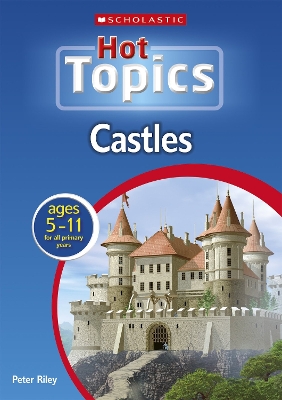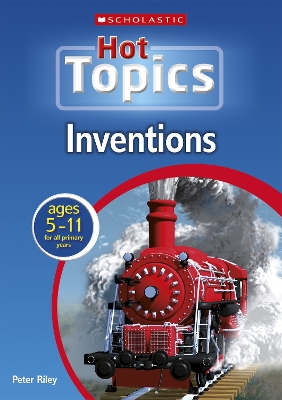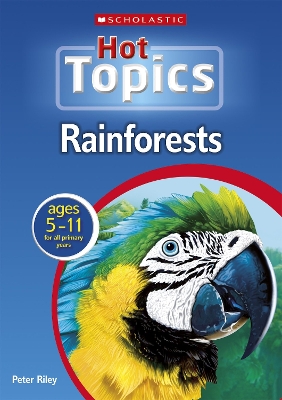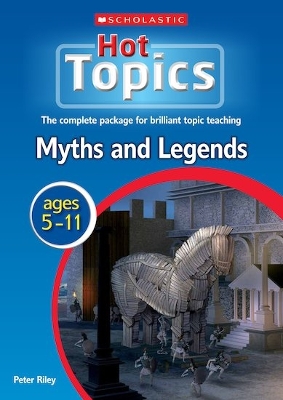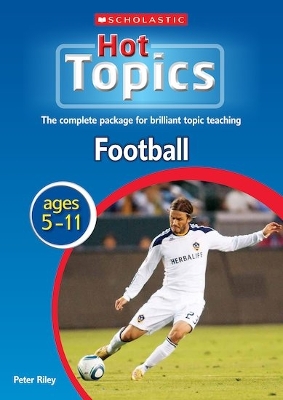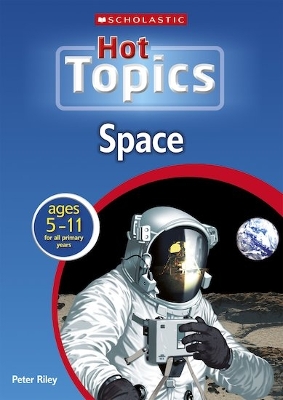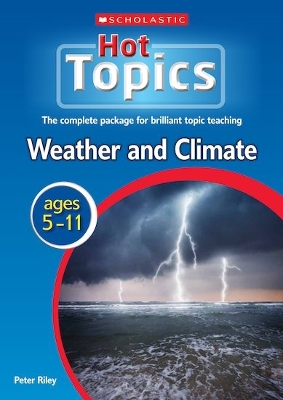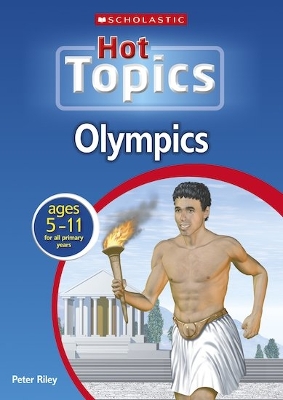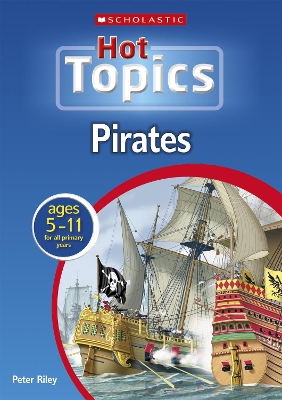Hot Topics
11 total works
This book shows how this natural enthusiasm for a topic can be used as a basis for investigative science work, motivating children to think and use their science skills. Topics explored in this title include: dinosaur bones; dinosaurs on the move; dinosaur food; and, the end of the dinosaurs.
This book shows how this natural enthusiasm for a topic can be used as a basis for developing history, D&T, and science, motivating children to explore and think independently using their knowledge and skills. Topics explored in this title include: inside the castle walls; castle life; knights; into battle; and, the end of castles.
This book shows how this natural enthusiasm for a topic can be used as a basis for investigative science work, historical study as well as a stimulus for designing and making work in D&T. Topics explored in this title include: simple machines; using energy; water and air travel; measuring time; and, using electricity.
This book shows how this natural enthusiasm for a topic can be used as a basis for developing geography and science, motivating children to explore and think independently using their knowledge and skills. Topics explored include: where are rainforests?; rainforest plants; invertebrates; rainforest people; disappearing rainforests; and, saving the rainforest.
never fail to catch the imagination of children. This book focuses
on how to teach Myths and Legends from many different cultures
and time periods in a fun and engaging way. Importantly, this book
focuses on how to make sure that any project (from one lesson to
a whole week) covers multiple subjects across the curriculum.
Themes in this title are as follows: 1. Myths and legends around
the world (general outline of creatures of myth and legends as established
by different peoples); 2. Places in the story (fantasy
lands to lands where it may have happened); 3. People in the story
(good, bad, fairies, goblins, ghosts); 4. Animals in the story
(lions, horses, monsters); 5. Actions in the story (illustrating
various motives and lessons to be learnt); 6. Ancient Greek myths
and legends (famous stories and characters); 7. The Americas and
Africa (examples of peoples, animals and monsters, and lessons to
be learnt); 8. Europe, Asia and Australia (examples of peoples,
animals and monsters, and lessons to be learnt); 9. Local Myths
and legends (using local archives and storytellers)
It can form the basis of a wide range of cross-curricular activities
and lessons, and has lots of opportunities to teach PE, History,
Geography, Maths, Literacy, Music, Science, D&T, Art and other
curriculum areas. The contents of this book are as follows:
1. History of football; 2. Kit, badges, mascots; 3. Football grounds
(structure, pitch, locations); 4. Who's who at a football ground
(from Groundsman to chairman of the board); 5. The game (positions
of players, referee, assistant referees (linesmen), different
formations); 6. Being a player (different types of skills, diet
training regime, top ten injuries); 7. How is the team doing? (lots
of calculations based on wins, draws, defeats, line graphs,
promotion, playoffs and relegation); 8. Football around the world
(Spread of football, famous clubs and locations); 9. Cup competitions
(national, international, world cup medals, caps, cups)
This book shows how this natural enthusiasm for a topic can be used as a basis for developing geography and science, motivating children to explore and think independently using their knowledge and skills. Topics explored include: the night sky; the Sun; the Moon; gravity; the Solar System; space travel; and, life in space.
subjects and areas of interest. From the evening weather forecast,
to global warming, from different types of weather, to movement
of the Sun and the Moon, weather is important to the everyday
lives of children. As such, this book focuses on how to teach Weather
and Climate as a topic in schools - either as small discrete
topics, or as a large whole-school focus on weather and the world
around us. There are numerous opportunities to look at all of the
subjects in the curriculum in a fun and entertaining way.
Themes in this book include: 1. Sun and Earth (heat and seasons,
thermometers); 2. Atmosphere (feature and properties of, pressure,
making barometers, humidity, pine cones, seaweed); 3. Movement
of the atmosphere (winds, anemometers, wind rose); 4. Clouds and
rain (cloud types, estimating cloud cover, rain gauge); 5. Frost,
ice and snow (types of, effects of); 6. Storms (hurricanes, tornadoes,
thunder, lightning, estimating distance of, storms in history);
7. Recording and forecasting the weather (Making weather stations,
presenting weather forecasts, weather sayings); 8. Climates
around the world (general classification, weather experiences
at specific places); 9. Climate change (Evidence of, factors affecting,
ways to reduce it, debate)
to study and enjoy. From the micro-habitats in the backgarden,
to the deserts and jungles around the planet, children find studying
the animals, plants, structures, and conservation of habitats
a rewarding and enlightening experience. There are numerous opportunities
to cover this topic using a cross-curricular approach,
and also lots of chances for large whole-school projects covering
a day or even a week. Themes in this book are as follows: 1. Plants
the producers of food, (factors that help them survive in a
habitat and form the 'scaffolding' for it); 2. Minibeasts the major
types - (earthworm, snail, slug, insect beetle, butterfly, moth,
flies, ant, spiders, centipedes, millipedes); 3. Plants as habitats
(what lives on them - especially trees); 4. Herbivores (from
habitats around the world); 5. Carnivores (from habitats around
the world); 6. Food chains (from habitats around the world); 7.
Decomposers (plus concept of ecosystem); 8. Habitat conservation;
9. World sustainability (Conserving the 'world habitat')
This book shows how this natural enthusiasm for a topic can be used as a basis for developing history and PE, motivating children to explore and think independently using their knowledge and skills. Topics explored include: life in Ancient Greece; the Ancient games; from the old to the new; Olympic sports; and, opening and closing ceremonies.
